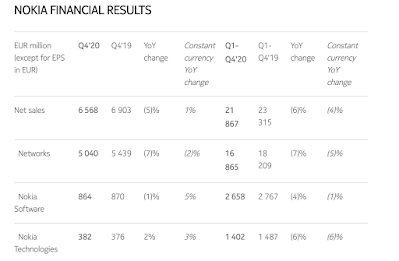ADVA expanded its MicroMux series of pluggable devices with two new models for increasing the capacity of transport and DCI networks by upgrading existing aggregation devices with plug-and-play simplicity.
- The ADVA MicroMux Nano fits into 10GbE sockets and fans out ten 1GbE interfaces, bringing new levels of flexibility and efficiency to the network edge.
- The ADVA MicroMux Quattro converts a QSFP-DD 400GbE client port into four 100GbE ports, reducing cost and complexity at the core.
“Our comprehensive portfolio of multiplexers in a plug enables a fresh approach to expanding infrastructure. It empowers operators to balance current requirements with tomorrow’s demands, protecting previous investments while ensuring future-proof growth. With our MicroMux series, there’s no need to replace entire systems or add expensive and bulky equipment. Operators are free to easily convert 10Gbit/s, 100Gbit/s or 400Gbit/s interfaces into multiple lower-speed interfaces with zero footprint increase,” said Stephan Rettenberger, SVP, marketing and investor relations, ADVA.
“Our MicroMux range is the result of close collaboration with leading transport network and DCI operator customers looking to meet both legacy needs and future demands. With more than 10,000 of our original MicroMux modules already deployed, our pluggable muxponders are right now helping operators across the globe to tackle the most urgent challenges around cost and scale while supporting a true pay-as-you-grow model of network expansion,” commented Ross Saunders, GM, Optical Engines, ADVA.





















